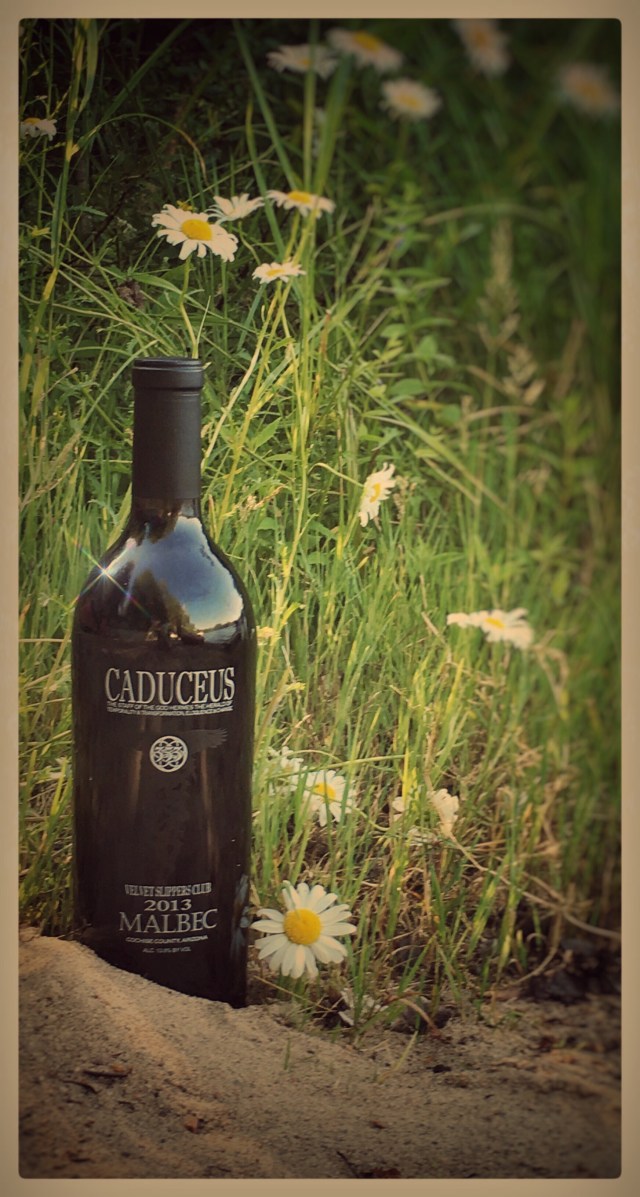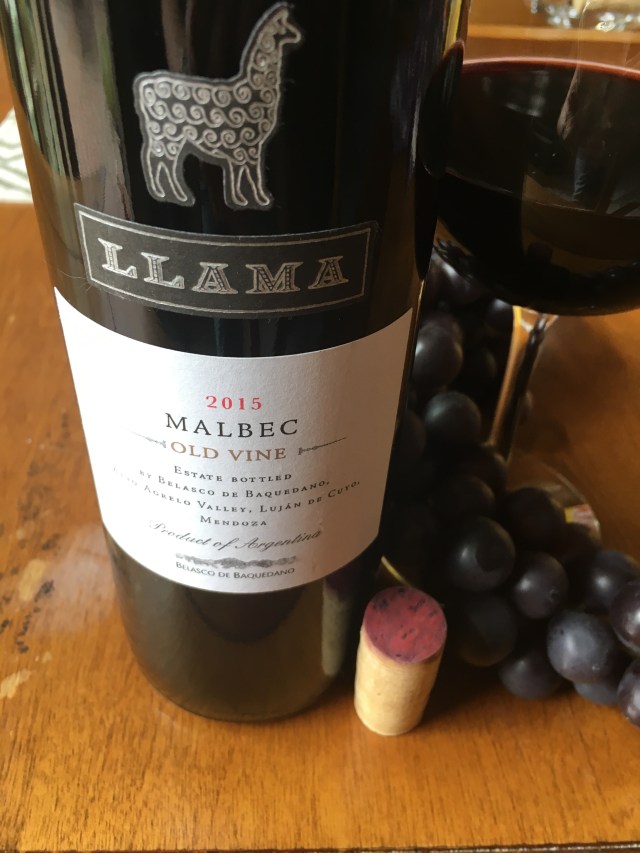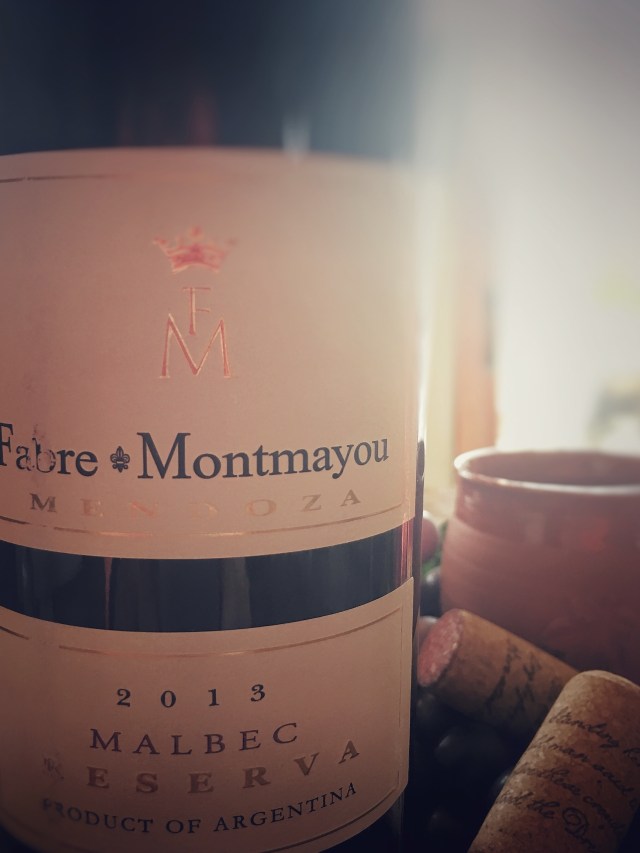
When you think Malbec, what country immediately comes to mind? Argentina. And it’s true, they make some amazing Malbec.
But today, on this particular Malbec Monday, I’m sipping a kicky Malbec from Arizona: Caduceus Cellars’ 2013 VSC Malbec.
This offering is 100% Malbec from Deep Sky Vineyards in Cochise County, AZ. In order for Malbec to thrive it needs hot, dry days with cooler nights and little to no risk of frost or mildew. Considering that todays temps were topping 102F, there’s probably no frost on the horizon.
Aged 18 months in cask and puncheon (a short, portly 500l cask made from thick staves of American Oak) this Malbec rivals its Mendoza counterpart.
The bold, rich, deep flavors of black cherry, raisin, dark plum, cocoa, with a hint of black pepper, and medium tannin can stand up really well to red meats. But it can dial it back for lighter fair like pork and veal. It paired beautifully with our grilled fish with garlic brown rice.
The price point on this treasure is about $65 and is sold online as part of Caduceus’ exclusive Velvet Slippers Club.
It’s a good expression of the varietal, so don’t shy away from domestic Malbec from Arizona.
Message received. ☺️
Cheers! 🍷💋🍷





